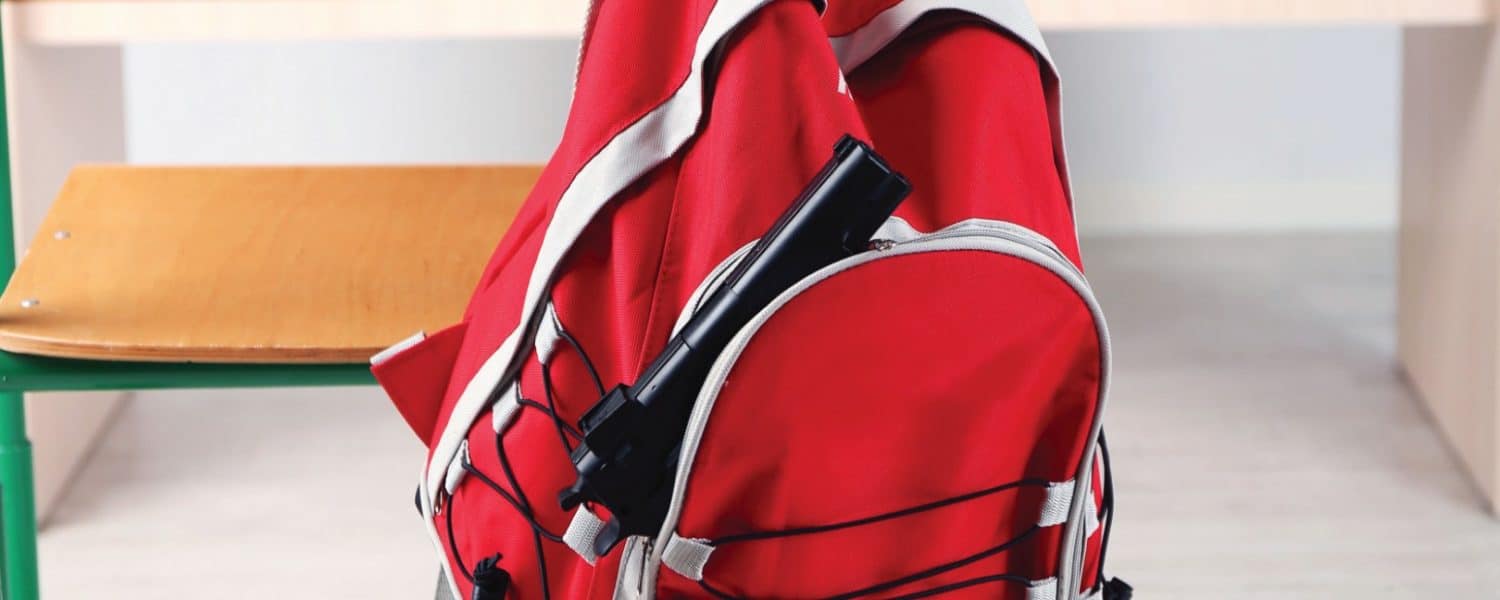By Todd Piett
The deadly school violence in Parkland, Florida, should drive school and safety leaders to consider multiple solutions to preventing another shooting tragedy. One solution is to leverage a multi-pronged approach: the emergency management lifecycle.
1. Mitigation
The first step in an emergency management framework is mitigation – essentially reducing the likelihood that the event occurs in the first place. Prevention occurs by recognizing the drivers contributing to the incident, reducing or eliminating the underlying drivers of the incident, reducing the availability or components necessary for the incident, establishing early warning indicators, monitoring those indicators, and then taking action on them before the incident.
Some examples of mitigation to be considered include:
Mental health awareness – Many of the perpetrators of violence were identified as troubled by mental health officials. Florida legislators recently announced the backing of a school safety bill that would not only enhance security at schools but would also bolster early intervention and prevention programs for school violence. Students and school staff would receive training to identify troubling signs.
Underpinnings of violence – What are the fundamental underpinnings that are driving individuals (mostly young men) to commit these atrocities? Is it a need for attention, desensitization to violence, broken homes? We need to have the fortitude to have a real conversation about the issue and support programs aimed at cultivating positive social and emotional health among at-risk youth.
Anonymous tips – These have proven effective in situations where students recognize a potentially dangerous situation. Enabling those are closest to a situation to easily report is critical, but just as important are the process for monitoring and following up on those tips. What should be taken into consideration is who they go to, what the protocols are for responding to the tips, and how to handle hoaxes.
2. Preparedness
The second step is preparedness – understanding the potential effects of catastrophic events and outlining what’s most effective for a response, whether it’s through additional training, drills, or outreach.
Some examples of preparedness to be considered include:
Additional school violence drills and training – A recent workplace safety and preparedness survey showed that while the majority of those in the education space are aware of active shooter drills, more than half indicated these drills are never or rarely performed. In order for emergency action plans to become second nature, safety trainings must be frequent.
Community engagement – We must invest in a multi-tiered system of support for students showing signs of mental health disorders. It will take a village to create a school environment where mental health isn’t stigmatized. Teachers, administrators, social workers, psychologists, athletic coaches – all of these community figures must be visible and available to students. Kids who bring weapons to school are likely being threatened or bullied and need support networks to turn to.
3. Response
Response focuses on identifying and tackling immediate needs after an event occurs. This step is complex in that it evolves differently depending on the type and impact of an event. It also depends on the resources available.
Some examples of preparedness to be considered include:
Victim initiated response – Depending on the situation, sometimes it’s not enough to for someone witnessing an incident to call the front desk to get help. This is where training and safety tools can help. For example, in Arkansas, after a student informed a teacher that another student had a gun in school, the teacher hit ‘active shooter’ on their panic button app, which instantly alerted all faculty and staff while simultaneously calling 9-1-1. The school went into an immediate lockdown and within eight minutes, the 16-year old student was apprehended, the gun was secured, and no one was hurt. The school had practiced an active shooter drill a few weeks prior and the panic button app was quick and effective, ensuring every student was able to evacuate to a safety point.
Clear lines of authority and protocols – Communication among all stakeholders during an emergency is crucial. By no means easy, school administration, campus safety officers, and local law enforcement need to be updating each other throughout an incident to better response and minimize impact. Is the shooter still active? What is the location of responding officers? Are first responders and local trauma centers ready to provide medical services? While your highest priority is to ensure accurate information reaches all stakeholders, your second priority should focus on communication delivery.
4. Recovery
Finally, recovery is about bringing things back to normal as much as possible, by rebuilding. It’s important to consider the human element in this step, especially because it’s not easy to predict the extent of emotional healing needed.
Some examples of recovery to be considered include:
Finding the new normal – Schools can provide structure and community to support healing following an event like this. Structure and routine can help restore a sense of safety for students and allow some processing to begin. It’s important to be patient – for some, it may take months before they experience anxiety or depression.
In some cases, the strongest momentum to heal from tragedies comes from the victims themselves. Most school administrators have supported advocacy efforts and are encouraging their students to take on their own initiatives to end school violence. This all helps to continue building the trust that students have in school administrators, and this plays a huge role in allowing them to feel comfortable enough to speak up and identify potential safety issues, and continue recovering their lives.
Don’t be afraid to ask for outside help – Each school and community has its own culture. Lean on local agencies and community leaders who have prior relationships with those affected and who will be in the community for the long haul. Do not be afraid to ask for outside help. Crisis management experts trained in trauma psychology can provide targeted consultation and can assist local agencies with therapy programs designed specifically for mass casualty events.
The solutions presented above are not all-inclusive. As a nation and especially those in charge of student safety, we can’t ignore nor discount any possible solutions.
Todd Piett is the president and chief executive officer of Rave Mobile Safety, which provides reliable solutions for enhanced data and communication, mass notification, and emergency response technology, www.ravemobilesafety.com.






